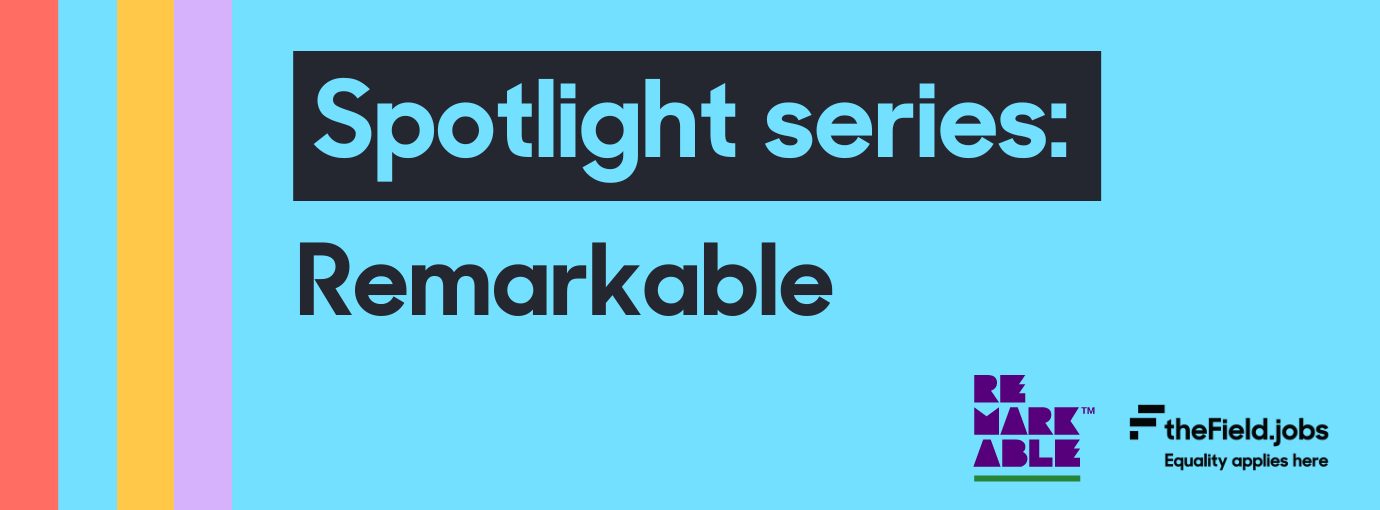Working from home in comfortable clothes is the picture a lot of us think of when we hear the term “flexible work”. However, what exactly is it, what are the benefits and how can you implement it?
COVID-19 changed the world in a lot of ways and how we work was no exception. For people with disability, as with everyone, these changes have been for better and for worse. One positive thing to arise was the fact that working from home, whether this is full-time or part-time, is now generally a standard way of working.
So let’s explore what flexible work is, its benefits and what the future looks like!
What is flexible work?
Fair Work defines flexible work as “changes to hours, patterns or locations of work”. This can include starting and finishing at different times, having the ability to job share, and the ability to work from home.
While the definition of flexible work relates to work conditions themselves, there are a number of measurable and wide-ranging positive impacts flexible work has on an organisation. These include productivity, innovation and retention. In fact, in 2023, work flexibility is the 2nd most important factor job seekers consider when applying for a new role, second only to salary.
Why are we talking about it?
Flexible work isn’t a new thing, however COVID-19 made it necessary. Many organisations realised that it was not only possible, but beneficial, as businesses and employees alike were forced to adapt quickly to this new way of working. At the height of lockdowns during the 2021 census, one in five Australians (one in four in metropolitan areas) were working from home. Now, in 2023, we’re used to the work/life balance, comfortable pants and reduced travel time. In fact, 70% of Australians who were working from home during the lockdowns of 2020 and 2021 would like to continue to do so.
This move toward flexible work has had a huge impact on workplace inclusion. It has also continued to demonstrate the very real and ongoing benefits to businesses.

What are its benefits?
A case study by Harvard University found that productivity in the workplace increased by 13% when people were allowed to work from home. This increase in productivity and flexibility also contributed to the fact that employees took fewer sick days. When employees at another company were trialling a 4 day working week, their productivity increased by 20%, proving that a good work-life balance is beneficial to employees and companies alike.
Having flexible working arrangements also allows companies to tap into a much more diverse workforce, and expands opportunities for people with disability. A diverse team of employees has been proven to lead to more creativity, productivity and innovation, bringing different approaches, holistic representation and problem-solving.
Prioritising employee well-being, whether this is through flexible work or other means, can help boost workplace satisfaction and increase employee retention rates. One study found that those who worked from home were 50% less likely to leave their job, and were more likely to save time and money for the organisation. Overall, having choice and flexibility in the way employees work positively impacts productivity, creativity, work satisfaction and a successful work/life balance.
How to incorporate flexible work
Equity in the workplace is about recognising that we’re all individual and working with those differences to set everyone up for success. Incorporating flexible work into your organisation starts with understanding individual employees. This includes understanding what barriers to success they might be facing, and working with them to combat those barriers. With this in mind, your organisation still needs overarching flexible work policies and processes that can apply to all employees equally. Having flexible options available for all employees is a great way to create a truly inclusive culture that makes everyone feel equally valued. Taking a holistic view as well as an individual view can also help avoid unintentionally creating a divide between those who require flexible work and those who don’t.
Review your organisation’s policies and procedures, and make sure you speak directly to flexible work in each of those documents. Anonymous staff satisfaction surveys are also a great way to understand how your team wants to work. If your organisation hasn’t developed a flexible work policy before, would benefit from an inclusive culture review or needs additional support, it can help to engage organisations like Get Skilled Access.
The future of flexible work
This is a big question, and probably an article in itself. However the short answer is, flexible work isn’t going anywhere. In fact, it’s likely to expand further into more frontline work like manufacturing and healthcare, and grow in organisations where it has already been established. To keep retention high and support productivity, hybrid working options are a key way organisations are introducing a balance between working from home and working from the office. More organisations are also looking to combat burnout and ‘quiet quitting’ by being proactive with employee well-being, including introducing additional leave options for employees to maintain resilience and performance.
Flexible work looks different for every organisation, and can even differ between departments. One of the biggest challenges is implementing your flexible work policy in a way that equally benefits your organisation and your employees. From a disability perspective, what we do know is that being a truly flexible and inclusive organisation expands opportunities for people with disability, and supports employers looking to fill skills gaps and hire more diversely.
Engaging with organisations like Get Skilled Access, and accessing resources through Job Access and the Field’s Learning hub can help you on the way to creating a truly inclusive workplace. Sign into the Field today to get started and find resources in our blogs here.




